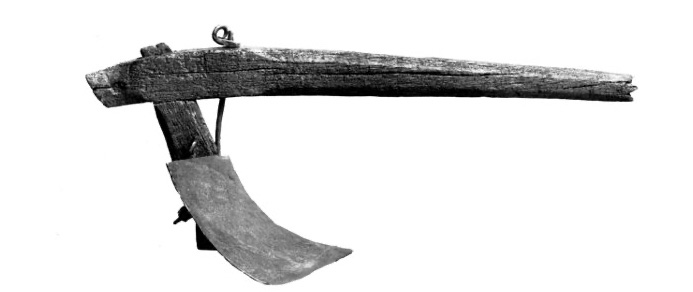1821 Michael Faraday Discovers Electromagnetic Induction

In 1821 Michael Faraday discovered electromagnetic induction..
In 1821, Michael Faraday made a discovery that would revolutionize science and technology: electromagnetic induction. This phenomenon, which is the process of generating electric current from a magnetic field, laid the foundation for modern electrical engineering and is the principle behind countless technologies we use today, from generators to transformers.
At the time of Faraday’s discovery, the scientific community had only recently begun exploring the relationship between electricity and magnetism. Hans Christian Ørsted, a Danish physicist, had shown in 1820 that an electric current could produce a magnetic field, creating a connection between the two forces. Faraday, a self-taught English scientist with a background in bookbinding, was fascinated by these findings and began conducting his own experiments to further understand the connection. His goal was ambitious: to determine if it was possible to create electricity from a magnetic field, effectively reversing Ørsted’s observation.
Faraday’s initial experiments involved a simple yet innovative setup. He constructed a small apparatus using a copper wire and a battery, placing the wire in a circuit with a galvanometer, a device for detecting electric current. Nearby, he positioned a magnetic compass needle, and when he passed an electric current through the wire, he observed a deflection in the needle, indicating that an electric current generated a magnetic field. This was a valuable confirmation of Ørsted’s findings. However, Faraday wanted to go further and achieve the reverse effect: creating an electric current through the action of a magnetic field.
In his experiment, Faraday placed a coil of wire near a magnet. When he moved the magnet through the coil, the galvanometer registered a momentary current in the wire. Importantly, the current only flowed when the magnet was in motion relative to the coil; a stationary magnet had no effect. This was the key insight: a changing magnetic field was necessary to induce electric current. Through these simple yet carefully planned experiments, Faraday discovered what we now call electromagnetic induction.
The implications of Faraday’s discovery were profound. Electromagnetic induction demonstrated that energy could be transferred from one form to another, from magnetic energy to electrical energy. This principle is foundational to how electrical power is generated and distributed. In power plants, for example, generators use the motion of magnets and coils to produce electric current, which is then transmitted to homes and industries. Without Faraday’s breakthrough, the development of modern power systems would have been impossible.
Faraday’s discovery also opened the door to further research into electromagnetism. His work inspired physicists like James Clerk Maxwell, who developed equations that mathematically described electromagnetic fields and established the basis for classical electromagnetism. These equations helped scientists understand how electric and magnetic fields interact and laid the groundwork for modern physics, including quantum mechanics and relativity.
Today, Faraday’s principle of electromagnetic induction is present in devices we rely on daily. Electric motors, transformers, wireless charging pads, and even MRI machines all operate on the principle of electromagnetic induction. Faraday’s curiosity and methodical experimentation in 1821 not only deepened our understanding of electricity and magnetism but also sparked an era of technological advancement, changing the world forever. His discovery remains one of the cornerstones of physics and engineering, bridging the gap between scientific inquiry and practical innovation.
 >
>